Back in the middle of winter, we purchased a subsidized compost bin from the City of Los Angeles. Our Bio Stack has been hard at work in the back yard, thanks to my husband’s new fascination with composting. When I say fascination, I mean obsession. He’s become obsessed with adding kitchen waste and yard trimmings to the compost bin at any opportunity. Forget about waiting until there’s enough for a layer of green or brown. Anytime the kitchen waste bucket is half-full, it’s “time to feed the compost bin”. It’s cute actually. My husband has never really been all that enthused about yard work, or gardening for that matter, even though he’s always been supportive of me and extremely helpful when I need an extra hand. But now, I might as well say that the compost bin has its own personal watchman. It is checked daily, watered, aerated, added-to and turned. It’s getting more attention than the family cat.
As a result, we have finished compost at the ready after a few months of tending the bin. It only needed to be sifted out from the materials that were still being broken down. I had an idea to re-use some materials lying around the house to construct a compost sifter. I thought I’d share that with you here.
In the end, it’s a bit slap-dash; not a work of craftsmanship by any means, but it completely fulfills its purpose. Here’s how we did it:
We started some leftover 1×6 pine boards, leftover 3″ galvanized screws, a Skill Saw, cordless hand drill, an electric staple gun and staples.
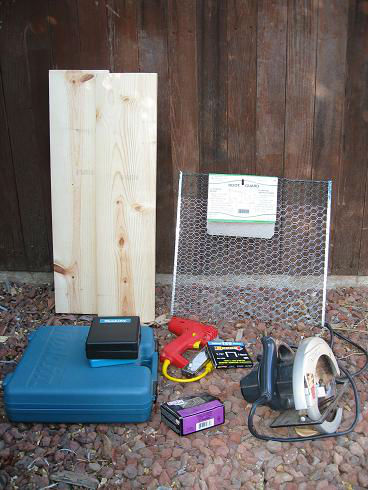
I found the perfect wire mesh for the sifter at Orchard Supply Hardware. Rather than buying a full roll of chicken wire or hardware cloth, I found this gopher wire basket – a double layer of mesh that is ordinarily used as protection to plant tasty plants and deter gophers.
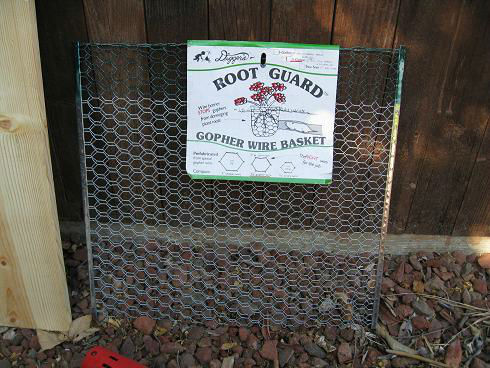
It’s sold flat, but opens up to form a basket, then you put it in the ground, add soil and plants. For our purposes, we kept it flat and used the metal-lined edges to our advantage. First we cut the boards in half length-wise. That made 4 pieces for our frame.
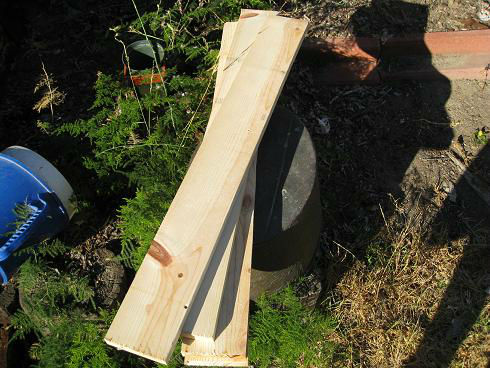
Then we measured the center of each board and set the depth of the Skill Saw to cut a groove along the length of each board, about halfway through the thickness of the board. This would be the nesting point for the metal-lined edge of the wire mesh.
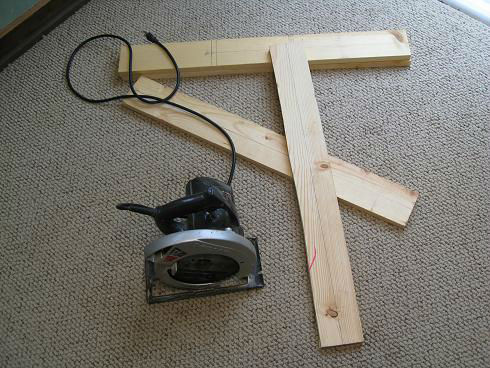
After that, we cut the lengths of each board to fit the mesh screen, and wedged the metal-lined edge into the grooves. We used a screwdriver for leverage to push it in there. The width of the Skill Saw blade happened to be just the right size for our metal-lined edge of the screen.
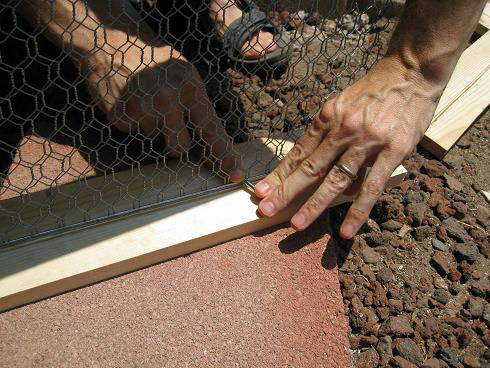
Then I held the pieces together while my husband drilled the 3″ screws into place on each corner.

After that, we used the staple gun to secure the two edges of the wire screen that weren’t lined with metal. Our finished product was a little off at the corners (the edges of the wood didn’t meet), but it ended up being a bonus we hadn’t counted on. The overlap of wood served as a handle when sifting the compost. Here’s the final product after its first use.
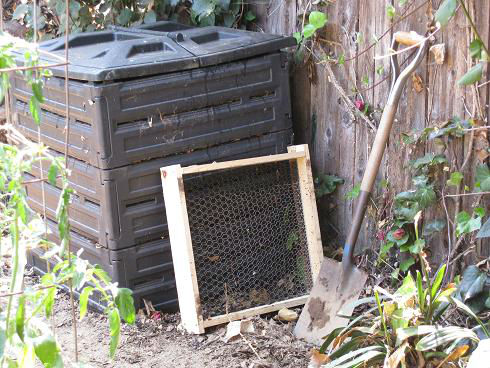

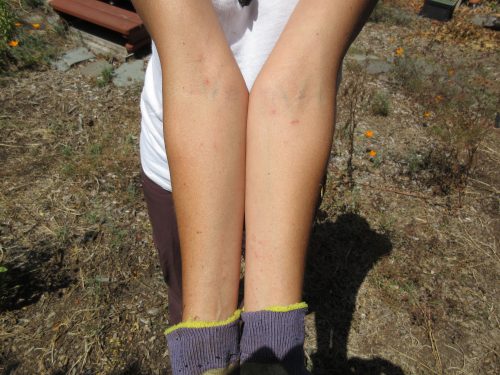
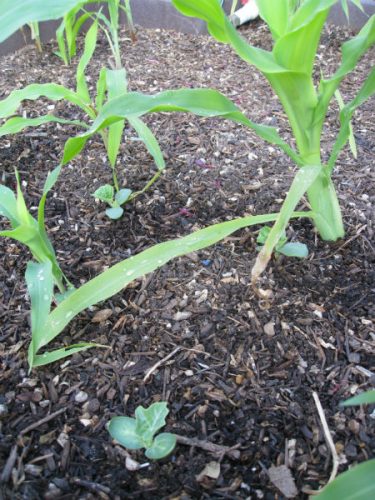
Pingback: YouTube: Your Composting Questions Answered - Gardenerd
I was just browsing the net looking for something I could use, and this reminds me of the large scale industrial machines they use only on a much smaller scale!
It doesn’t look too difficult to make, so I think I’m going to have a go this weekend, I’ll let you know how I get on!
Thank you, I was about to need an answer to that questions. My husband also get into composting i.e. he cuts up all the scraps and immediately places it in a container. We add coffee grounds, coir, grass clippings and fertilizer. Heaven only knows if that will work. I will get the gopher wire and start sifting. Thanks so much for the info.
I keep my kitchen scraps in a plastic grocery bag in the freezer. I just keep adding to it and when it looks full, I dump it in the compost. That way it adds a little water also as it defrosts.